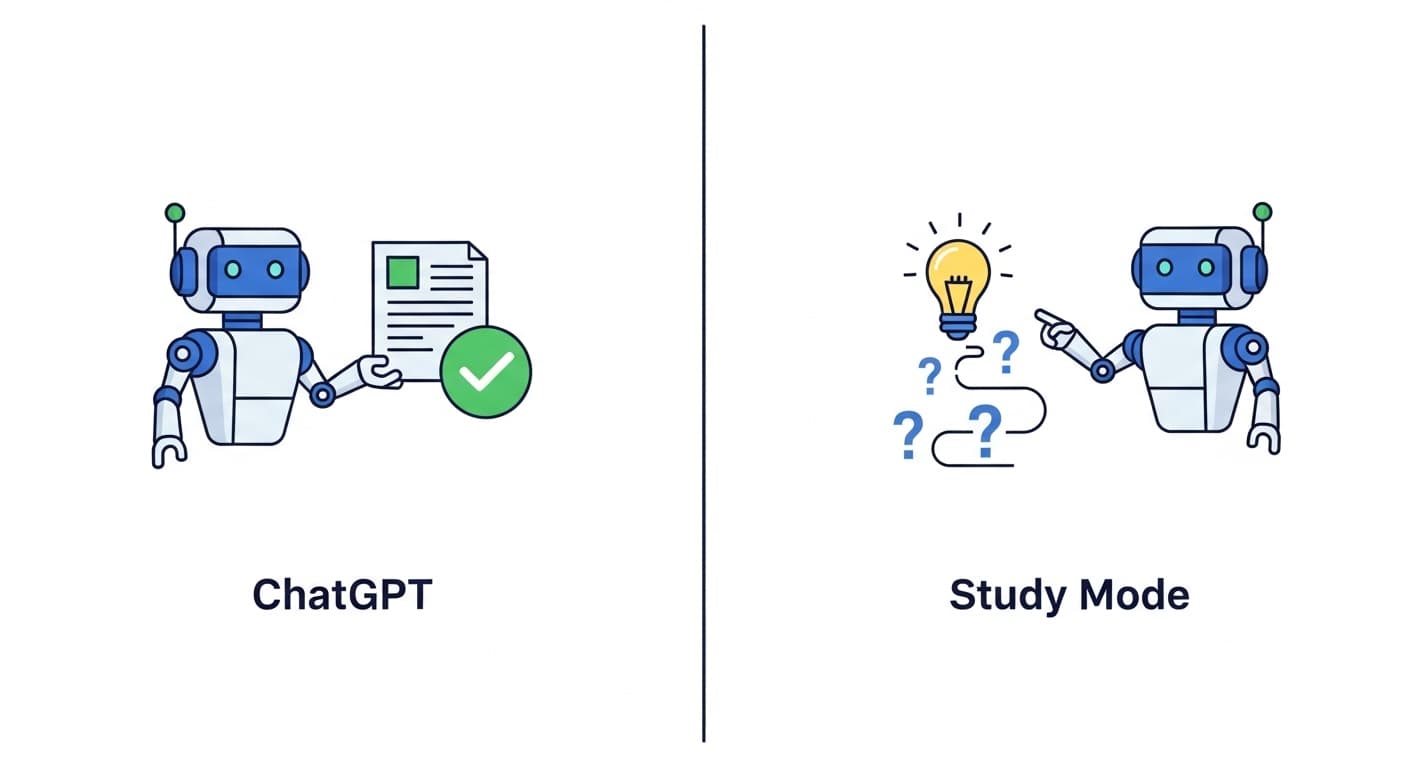
Elon Musk's xAI has announced two new features set to enhance its chatbot, Grok. The first addition is dubbed "Grok Studio," while the second introduces a "Memory" capability to expand its functionality.
Grok Studio
This new tool allows users to create and edit documents and simple applications directly within the AI platform. Importantly, it's available to all users—both free and paid subscribers—via Grok.com.
Highlighting its potential, Grok's official account on X detailed the tool's capability to generate documents, code, reports, and even browser games. This creative process happens in real-time, facilitated by an interface appearing alongside the model's responses.

Grok Studio represents the latest entry in a series of similar tools recently introduced by competitors.
It joins the ranks of features like OpenAI's "Canvas," launched last October for ChatGPT, and Anthropic's early "Artifacts" tool for its Claude chatbot.
While Grok Studio might not present radically innovative features compared to these counterparts, it does offer notable support for previewing and running code. This includes popular languages such as Python, C++, and JavaScript, alongside standard HTML.
Another key advantage is its ability to integrate Google Drive documents directly into conversations, allowing seamless interaction with file content. Consequently, users can easily add files like documents, slides, and spreadsheets right from their Google Drive account.
Taken together, these features provide Grok users with significantly expanded ways to leverage the AI. It positions Grok not merely as a writing assistant, but as a potential partner in code development and even application design.
xAI Adds Memory Feature to Grok
Following the Grok Studio launch by just a day, xAI revealed on Wednesday the addition of a "Memory" feature to its Grok chatbot. This strategic move aims to bolster its capabilities and widen its utility, bringing Grok's functionality more in line with prominent rivals like ChatGPT and Gemini.
Based on the official announcement, the beta version of Grok is now capable of remembering details from previous user conversations.
What this means for users is that the chatbot can deliver more personalized responses, drawing upon preferences learned from past interactions.
Grok now remembers your conversations. When you ask for recommendations or advice, you’ll get personalized responses. pic.twitter.com/UXhX7BjS57
— Grok (@grok) April 17, 2025
Of course, such a memory feature isn't entirely novel within the realm of popular AI platforms.
OpenAI, for instance, previously introduced a similar capability in ChatGPT, enabling the model to access full conversation histories for more accurate and relevant replies.
Likewise, Google has integrated persistent memory functions into its Gemini model, helping it adapt responses to each individual's unique style and preferences.
Transparency seems key to Grok's implementation, however. According to its official X account, the new system provides "full transparency," allowing users to see precisely what information the chatbot has stored. Crucially, they also retain the option to delete any specific piece of data at any time.
Currently, this new memory feature is available in beta on Grok.com and through the Grok iOS and Android apps. Access, however, is not yet extended to users within the European Union and the United Kingdom.
For those wishing to manage this feature, it can be disabled entirely via the "Data Controls" page found in the app's settings.
Users also have more granular control, as individual memories can be deleted directly from the web conversation interface.
This specific deletion capability is slated to arrive soon on the Android app as well. Looking ahead, xAI has clarified its intention to integrate the memory feature into the Grok experience on the X platform, although a definite timeline for this integration remains unannounced.









